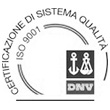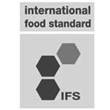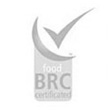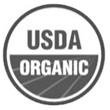Rosemary
(Rosmarinus officinalis)
Rosemary – Ingl., Rosmarin – Ted., Rosmarin – Fr, Romero – Sp., Розмарин - Russ.
Rosemary, like salvia officinalis belongs to the Labiatae family, is native to Mediterranean countries and grows wild in Italy, France, Corsica, Balearic Islands, Spain, Greece, Albania, Tunisia, Morocco, Algeria and Libya. Rosemary is cultivated either as an aromatic plant (traditionally in France and Corsica, now in North African countries too) or as an essence plant.
first quality rosemary leaf, rosemary leaf T/V2 and 5 mm, rosemary powder.
Food Composition
Rosemary is rich in essential oils extracted from the leaves and flowering tops, which are composed mainly of alpha-pinene, bornilacetato, cineol, borneol, cariofilene. This drug also contains terpenes, phenolic acids, tannins, rosmarinic acid, camphor, resins and many others.
Culinary Use
Rosemary leaves, both fresh and dried, are traditionally used, like mint, for roasts, potato dishes, meat preparations.
It is often used in special kind of bread, cakes and other baked preparations.
Healing Effect
Rosemary has beneficial properties similar to mint.
- Rosemary has analgesic, antioxidant, stimulant properties. It has antispasmodic and anti-inflammatory effect.
- Rosemary infusion or tincture, for internal use, aid digestion, soothe cough and stimulate diuresis.
- Rosemary infusion or tincture, for external use, are used for bruises, rheumatism, paralysis,hair loss.
Preservation
Dried rosemary is stored in a cool, ventilated, poorly lit and dry place.





